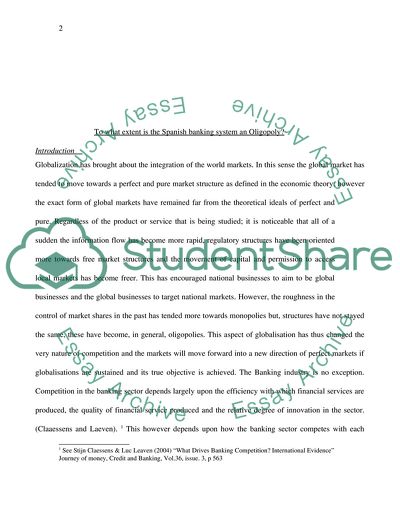Cite this document
(“Banking; analysing through economics the Spanish banking system Essay”, n.d.)
Banking; analysing through economics the Spanish banking system Essay. Retrieved from https://studentshare.org/miscellaneous/1544171-banking-analysing-through-economics-the-spanish-banking-system
Banking; analysing through economics the Spanish banking system Essay. Retrieved from https://studentshare.org/miscellaneous/1544171-banking-analysing-through-economics-the-spanish-banking-system
(Banking; Analysing through Economics the Spanish Banking System Essay)
Banking; Analysing through Economics the Spanish Banking System Essay. https://studentshare.org/miscellaneous/1544171-banking-analysing-through-economics-the-spanish-banking-system.
Banking; Analysing through Economics the Spanish Banking System Essay. https://studentshare.org/miscellaneous/1544171-banking-analysing-through-economics-the-spanish-banking-system.
“Banking; Analysing through Economics the Spanish Banking System Essay”, n.d. https://studentshare.org/miscellaneous/1544171-banking-analysing-through-economics-the-spanish-banking-system.


